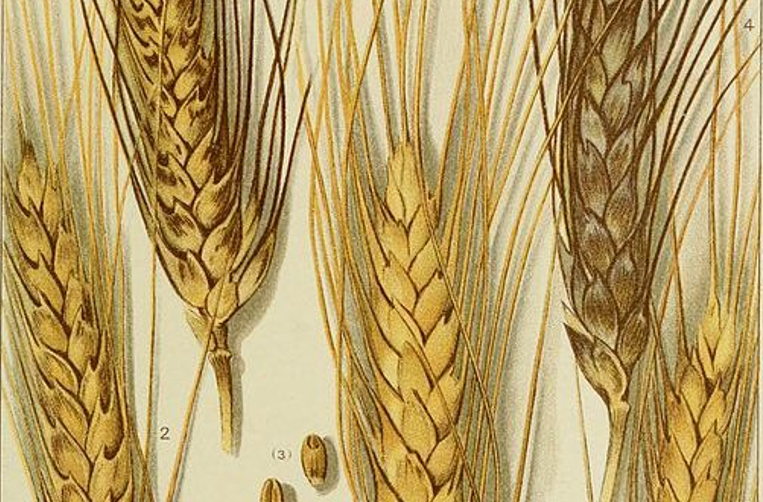There’s a reason that few people are thinking about world grain supplies. Last year saw record worldwide production of grains and record stocks of grains left over.
But this year worldwide production slipped about 2 percent, owing in large part to the plunge in Australia’s production caused by an ongoing severe drought. Production is expected to fall 23 percent. Fortunately, in our globalized grain markets, this hasn’t affected overall supplies or prices very much as grain stocks are high and supplies are mobile and shipped all over the world as needed.
But Australia is the world’s fifth largest wheat exporter, accounting for nearly 9 percent of the total in 2016 according to the Food and Agriculture Organization of the United Nations. In fact, the top five wheat exporting countries account for 56 percent of world wheat exports. The rest of the world is highly dependent on these exporters to make up the difference between what they grow and what they eat.
But it’s not just wheat. For rice the numbers are even more striking. The top five rice exporting countries supplied nearly 80 percent of total world exports. For corn (called maize in most countries) the number is a bit higher. The top five corn exporting countries supplied almost 81 percent of all exports.
Why is this important? First, about 80 percent of all calories consumed come from grains, either through direct consumption (46 percent) or indirectly through livestock in the form of meat, milk, eggs and other animal products (33 percent). Second, as climate change begins to scorch the major grain growing areas of the world, the large exporters may find themselves with much less to export or even begin competing for imports.
One major study forecasts that wheat, soybean and corn production in the United States—the world’s largest exporter of soybeans and corn and the second largest exporter of wheat—could drop between 22 and 49 percent by the end of the century. By 2030 combined rice, corn and wheat harvests in China could drop by 8 percent. China is, of course, a major consumer of grains and the world’s 13th largest rice exporter. Perhaps most worrying of all is the possibility that there will be a rising likelihood of simultaneous crop failures in several major growing areas.
This all comes in the face of world population projections of 9.8 billion in 2050 and 11.2 billion in 2100 compared to 7.7 billion today. These projections, however, are based on smooth sailing from today forward, something that climate change and all its attendant effects call into question. If food supplies are declining in the coming decades, these population projections hardly seem credible.
The vulnerability we face comes not only from perilous conditions stemming from climate change, but also, of course, from the concentration of the growing areas for our main sources of food calories. It is true that every country grows some of its own food. But the emerging picture of climate change suggests that in the future those who do not grow enough of their own food may not be able to count on those who currently grow more than they need to make up the difference.
This would imply a necessity for a move toward self-sufficiency, that is, eating what can be grown in one’s own soil; an end to the destruction of farmland for so-called “development;” a move away from grain-intensive livestock-based foods; and the enlisting of many more people into the production of food.
Today, for the globe as a whole, all these trends are moving in the wrong direction.
Image: Drought-resistant Macaroni Wheats: 1, Kubanka; 2, Nicaragua; 3, Velvet Don; 4. Black Don; 5, Wild Goose. Bulletin of US Bureau of Plant Industry, Soils, and Agricultural Engineering (1901-13). Via Wikimedia https://commons.wikimedia.org/wiki/File:Bulletin._1901-13_(20400592846).jpg






